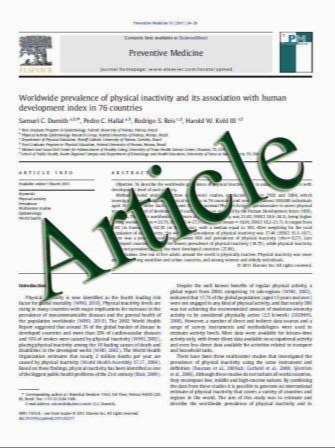Compressive screwing of transverse patella fractures provides better resistance to traction than tension band
- نوع فایل : کتاب
- زبان : انگلیسی
- مؤلف : Metin LütW Baydar · Tolga Atay · ضmer Gürbüz ·Barbaros Yakup Baykal · Halil Burç ·Vecihi Kآrdemir · Ramazan Kayacan
- چاپ و سال / کشور: 2010
Description
There are diVerent stabilization methods used in surgical treatment of patellar fractures. The aim of this study was to determine the resistance against the distraction forces by three diVerent and widely used Wxation methods of the transverse fractures in calf patella. These Wxation methods are as follows: (1) modiWed tension band (Group 1); (2) Malleolar screw (Group 2), and (3) tension band with Herbert screw (Group 3). Each experimental group had 10 calf patellas. Each patella was placed on a compression- tension testing system, and tension force was applied monotonically up to complete distraction at a loading rate of 15 Newton/second to the one site of the fractured patella. The force that corresponds to 2-mm distraction of the fracture site was accepted as the distraction force that causes the Wxation failure. The mean values of the distraction forces were 350.5 § 81.4 Newton (N) for Group 1; 977.90 § 345.66 N for Group 2, and 957.30 § 355.94 N for Group 3. Results established from each test group were statistically analyzed by using Mann–Whitney U-test. Group 1 was signiWcantly diVerent than Group 2 and Group 3. P values were 0.0013 and 0.0002, respectively. There was no signiWcant diVerence between Groups 2 and 3 (P = 0.6232). As a result, we have concluded that malleolar screw (Group 2) and tension band with Herbert screw (Group 3) were the most stable Wxation methods against distraction forces, and there was less resistance against the distraction forces in the modiWed tension band in Group 1.
Eur J Orthop Surg Traumatol (2011) 21:105–110 DOI 10.1007/s00590-010-0672-y Received: 22 February 2010 / Accepted: 24 June 2010 / Published online: 22 July 2010


